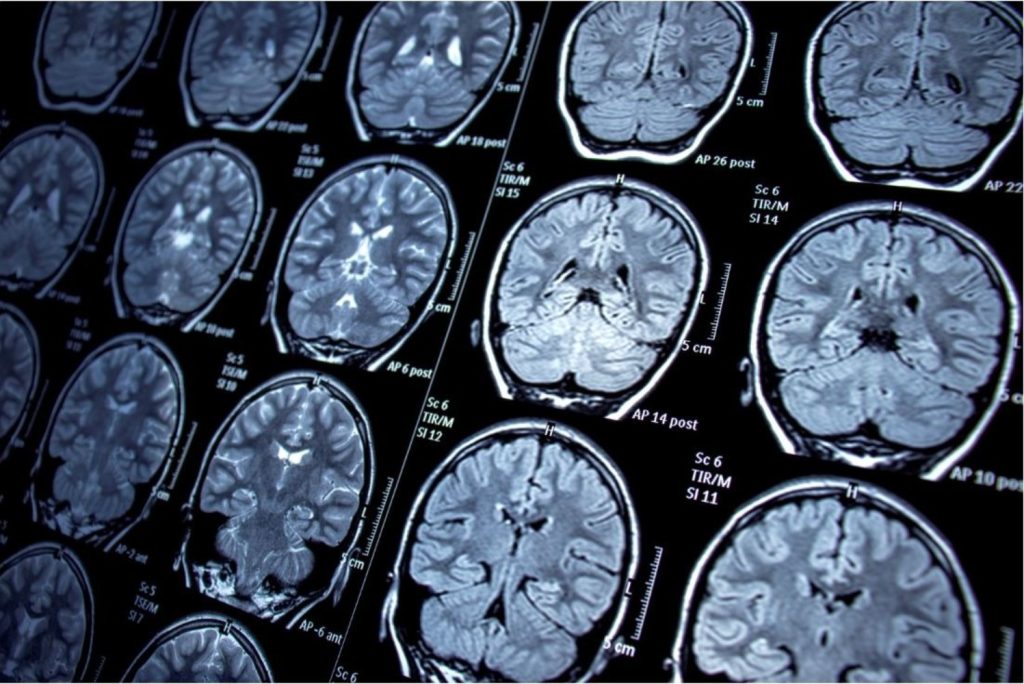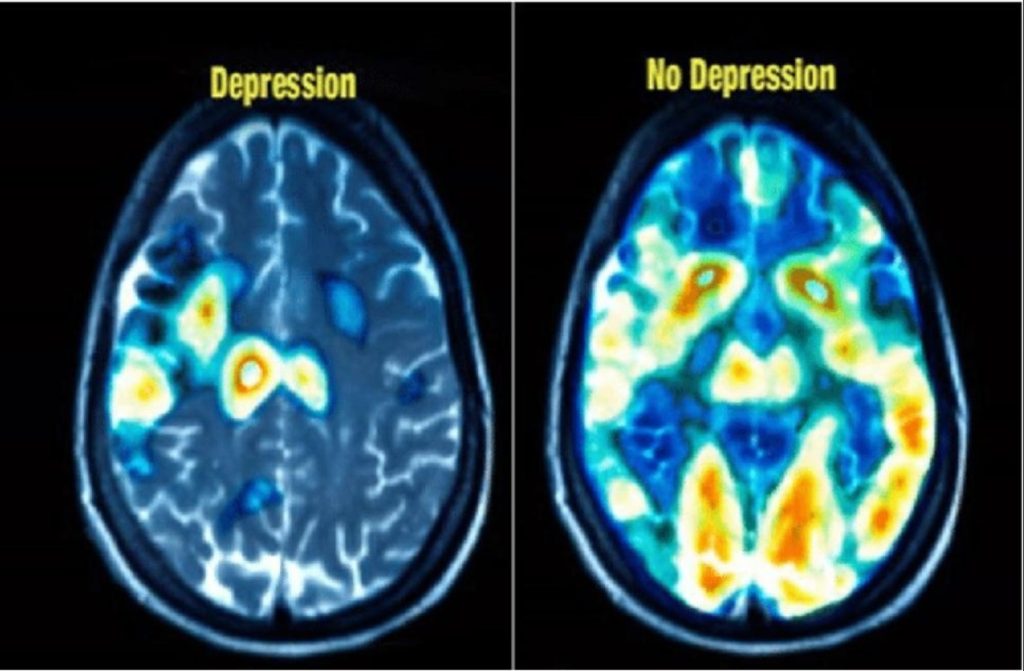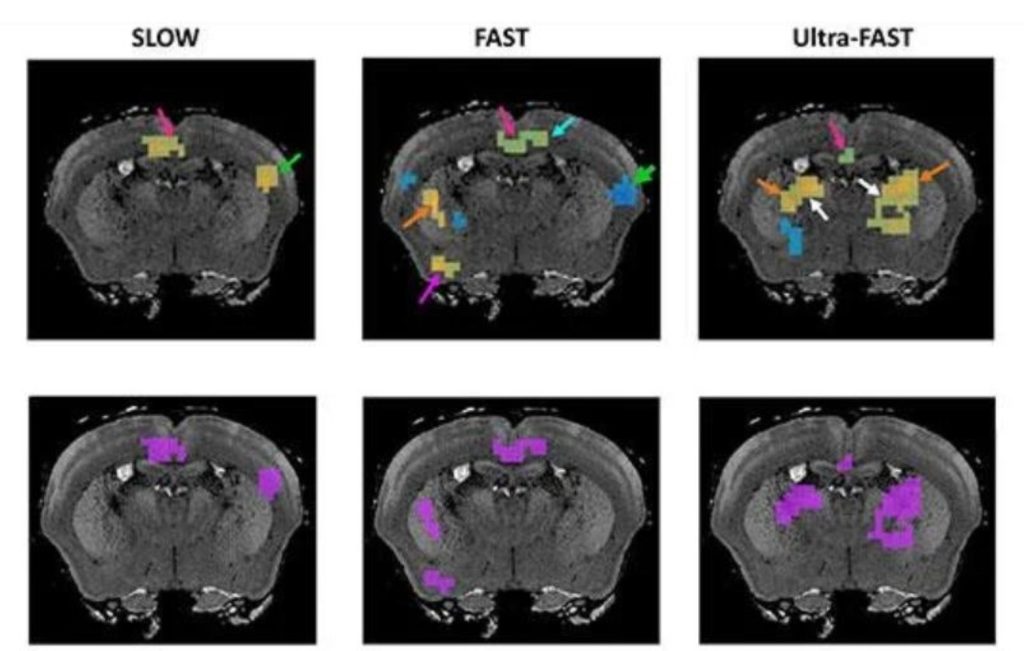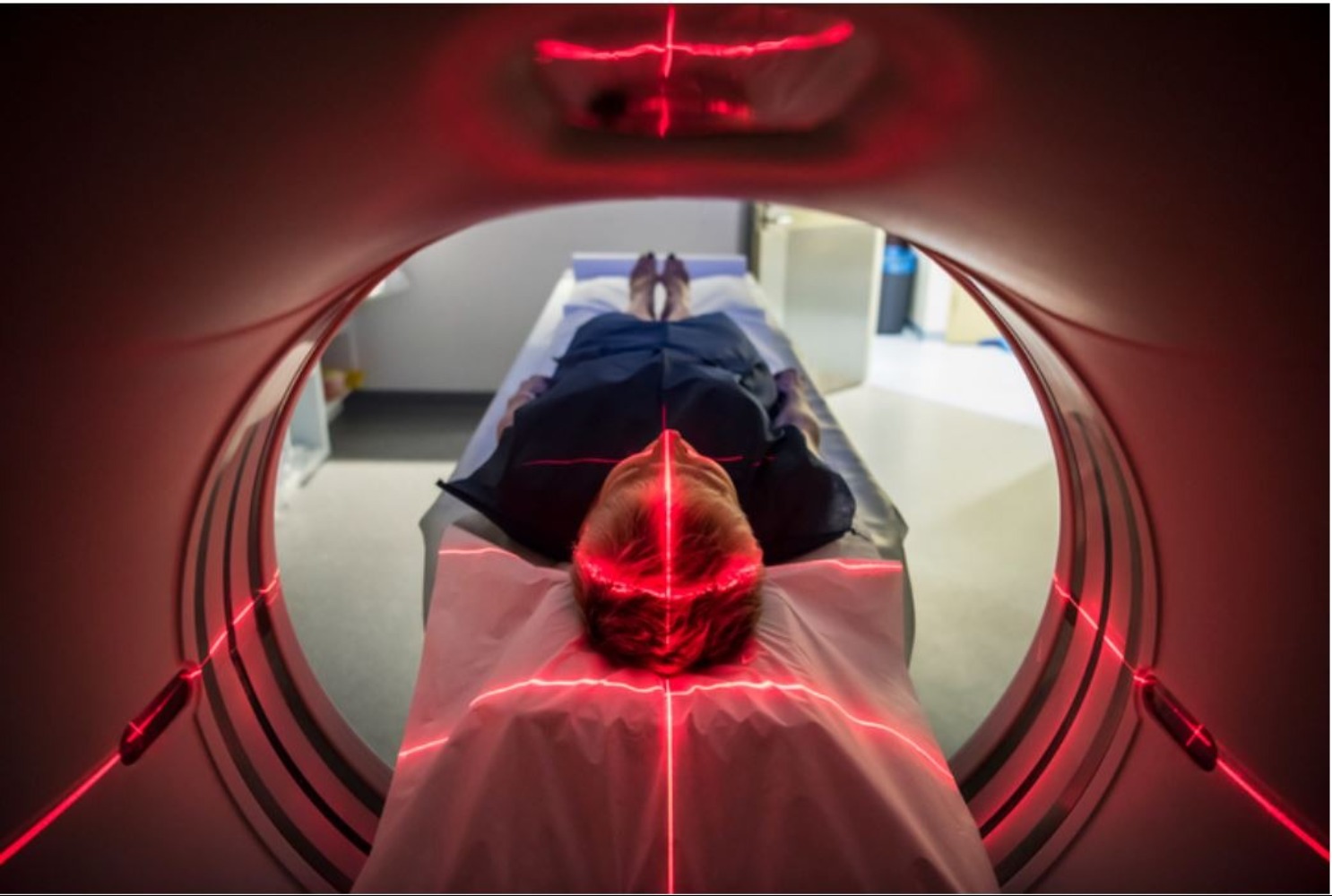This groundbreaking development opens new avenues for understanding and treating depression, potentially transforming the landscape of mental health care.

In the realm of mental health, finding innovative and effective treatments for depression is an ongoing challenge. However, a recent breakthrough in medical imaging may provide a ray of hope for those grappling with depressive disorders. To subscribe please click tau.id/2iy6f and access our live channel.
Major depressive disorder is a worldwide disease with debilitating effects on a patient’s life. Common treatments include pharmacotherapy, psychotherapy, and electroconvulsive therapy. Many patients do not respond to these treatments; this has led to the investigation of alternative therapeutic modalities.
ALSO READ: Cancer amongst older adults
What is TMS?
Transcranial Magnetic Simulation (TMS) is an outpatient treatment where people have powerful magnetic pulses delivered to the left side of their head just in front of the temporal area of the scalp. The person is conscious and has 20 sessions over a four-to-six-week period.
The method has been used since the 1980s to treat people with severe depression. But by targeting the precise area of the brain where stimulation is thought to be helpful, we now have evidence for a more longer lasting benefit of this treatment.

Traditional Approach to Depression
Depression, a prevalent mental health condition affecting millions globally, often requires a multi-faceted approach to treatment. While psychotherapy and pharmacotherapy remain primary interventions, their efficacy can vary among individuals.
Antidepressants and therapy delivered as first or second-line treatments help two-thirds of people with depression, but the remaining third have treatment resistant depression (TRD). This is defined as a lack of response to two courses of antidepressants.
Many patients find themselves cycling through various medications or struggling with the side effects, prompting the need for alternative and more sustainable solutions. Infact, it is the leading cause of disability lost years worldwide, and suicide from depression is the biggest killer in people aged between 15 and 49.
The Breakthrough Technique
A novel Magnetic Resonance Imaging (MRI) technique has emerged, showing promising results in alleviating depression symptoms for up to six months. The brains of people with severe depression may help which could eventually, though, vastly improve their quality of life.

The team used neuronavigation, a computerised tracking system using light to deliver the TMS. It is a way of precisely pinpointing the area of stimulation so that the same area is targeted at all 20 treatment sessions.
The results of the trial found that with MRI neuronavigated Transcranial Magnetic Simulation (TMS) on average, participants showed substantial improvements in the severity of their depression, anxiety and thinking. Participants also had better function and quality of life over 26 weeks with TMS.
Conclusion
The aim of the trial was to look at whether the effects of using TMS could be extended to at least six months. This would mean that patients with TRD who respond to the treatment might only require one to two courses of treatment each year to remain relatively well and free from symptoms of depression.
The trial, which is the first of its size in the world to look at outcomes at six months, suggest this might be achieved using functional MRI with TMS to define the exact area of the brain to hit. Moreover, the changes were substantial, and large enough to improve concentration, memory, anxiety and subsequently their quality of life.




